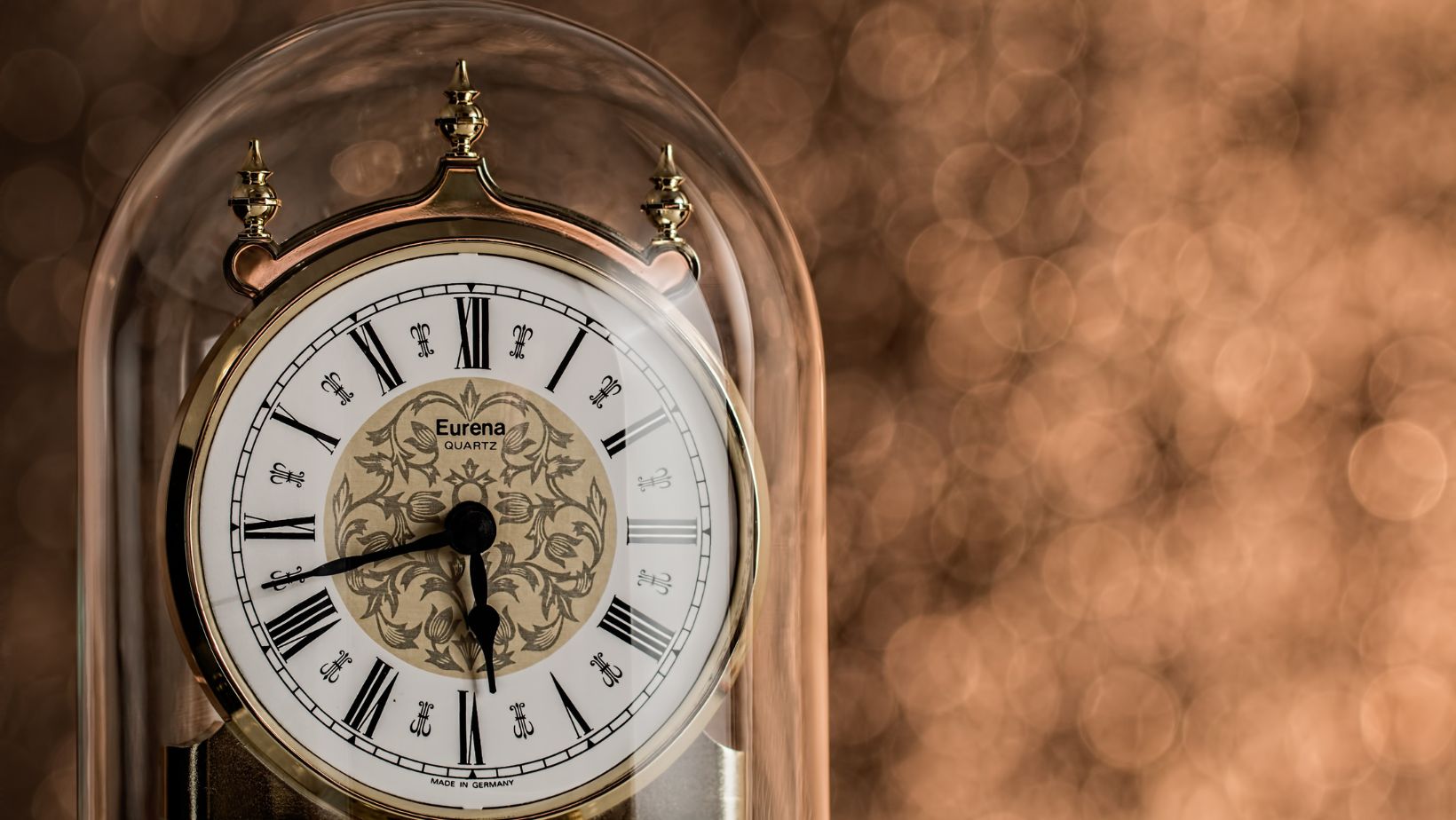
Wondering what time it will be 15 hours from now? Well, I’ll give you the answer you’re looking for. If it’s currently 9:00 AM, then 15 hours from now would be midnight. That means if you’re curious about the time in the evening, simply add 15 to the current hour and subtract 12 if the result is greater than or equal to 13.
But what if it’s not currently 9:00 AM? Don’t worry; I’ve got you covered. To determine the time exactly 15 hours from now, take note of the current hour and add 15 to it. Make sure to consider whether it’s morning or afternoon when applying this calculation. For example, if it’s currently 5:00 PM, adding 15 hours would give us a time tomorrow at 8:00 AM.
Now that you know how to calculate the time precisely 15 hours from now, planning your day or setting reminders should be a breeze. Just remember to adjust for AM and PM accordingly. So go ahead and confidently schedule those important events or prepare yourself for some well-deserved rest – knowing exactly what time awaits you in just a few short hours!
15 Hours From Now Is What Time
Time zones play a crucial role in determining what time it will be at a specific location. They help us synchronize activities and coordinate schedules across different regions of the world. Let’s delve into the fascinating concept of time zones and how they work.
What are Time Zones?
Time zones are areas on Earth that have the same standard time. They are based on the rotation of the Earth and divided into 24 segments, each representing one hour of the day. These segments help us keep track of time consistently across different parts of the globe.

How Are Time Zones Determined?
The primary factor used to determine time zones is longitude, specifically the Prime Meridian (0 degrees longitude), which passes through Greenwich, London. The time at this location is known as Greenwich Mean Time (GMT) or Coordinated Universal Time (UTC).
As we move east or west from Greenwich, every 15 degrees represents one-time zone. Moving eastward adds hours, while moving westward subtracts hours from GMT/UTC.
Dealing with Daylight Saving Time
Daylight Saving Time (DST) is an adjustment made to clocks in certain regions during summer months to extend daylight in the evenings. Not all countries observe DST, but for those that do, clocks are typically set forward by one hour in spring and set back by one hour in autumn.
It’s important to note that not all regions adjust their clocks at the same time or follow DST protocols uniformly. This can result in temporary discrepancies between neighboring locations.
Converting Between Time Zones
Converting between different time zones requires considering both geographical locations and any applicable adjustments like DST. There are various online tools and smartphone applications available that can assist with accurate conversions.
Remember to account for any differences when planning meetings or traveling across multiple time zones; getting caught unaware could lead to missed connections or confusion.
